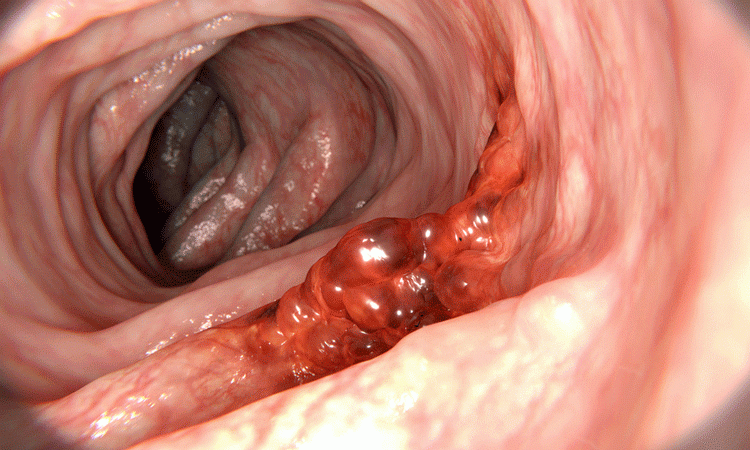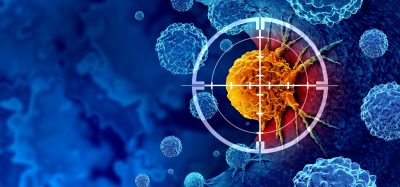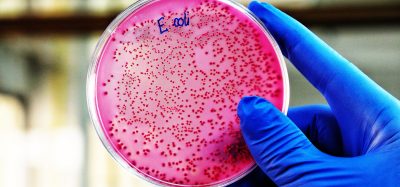Investigating the intratumoural microbiome in young-onset CRC patients
Posted: 8 February 2024 | Ellen Capon (Drug Target Review) | No comments yet
New insights about young-onset CRC tumour-related bacteria could lead to new diagnostic markers and therapeutic targets.

Researchers from the Cleveland Clinic have identified changes in tumour-related bacteria, which have revealed possible new strategies to tackle the increase of young-onset colorectal cancer (CRC), which refers to CRC incidence in patients under 50 years old.
CRC is one of the leading causes of cancer related mortality worldwide, with some of its risk factors being obesity, red meat consumption, alcohol and tobacco.1 Despite this condition being easy to surgically treat and target with chemotherapy following the operation, it has a five-year survival rate.2
Although the introduction of screening colonoscopy has resulted in the prevention and decrease in overall incidence of CRC since the early 1990’s, the incidence of CRC in young patients has continued to steadily increase annually.3 Moreover, younger CRC patients have been shown to present with more advanced stages of the disease.4 In young-onset CRC, hereditary CRC syndromes only explain the minority of cases, and there is evidence to suggest that young-onset CRC has a different molecular profile compared to late-onset CRC.5
Cleveland Clinic oncologist Dr Alok Khorana, the primary investigator of the new study, explained: “The unexplained rise of young-onset colorectal cancer is of great concern…Our team discovered that bacteria were more abundant and compositionally distinct in tumours from young-onset patients.”
Gene sequencing
The team utilised gene sequencing technology to compare tissue samples taken from 136 young-onset colorectal cancer patients with 140 average-age patients with the disease. From this, they found unique tumour-related bacteria in the younger cohort, who were more likely to have left-sided, rectal and advanced stage tumours.
The key microbes associated with the young-onset cancers included Akkermansia and Bacteroides. Average-onset tumours showed a greater abundance of Bacillus, Staphylococcus, Listeria, Enterococcus, Pseudomonas, Fusobacterium and Escherichia/Shigella. Markedly, except in average-onset tumours, Fusobacterium was scarce in all specimens.
Dr Shimoli Barot of the Cleveland Clinic Cancer Institute commented: “By detailing this microbial signature of young-onset disease, we can look toward new screening biomarkers and drugs targeting related bacteria.”
The unique behaviours of the Akkermansia and Bacteroides genera in young-onset CRC provides a significant direction for further investigation. Dr Naseer Sangwan of the Cleveland Clinic Lerner Research Institute concluded: “Further research is needed into how lifestyle factors such as diet, medications and obesity may impact gut bacteria and contribute to young-onset colon cancers.”
This study was published in eBioMedicine.
References
1 Arlukowicz T, Danielwicz A, Niedzweidzka E, et al. A Review of Colorectal Cancer in Terms of Epidemiology, Risk Factors, Development, Symptoms and Diagnosis. Cancers. 2021 April 22 [2024 February 6]; 13(9):2025. Available at: https://www.mdpi.com/2072-6694/13/9/2025
2 Qin J, Tan X, Wang P, Zhang X. Application of Polypyrrole-Based Electrochemical Biosensor for the Early Diagnosis of Colorectal Cancer. Nanomaterials. 2023 February 9 [2024 February 6]; 13(4):674. Available from: https://www.mdpi.com/2079-4991/13/4/674
3 Done JZ, Fang SH. Young-onset colorectal cancer: A review. World Journal of Gastrointestinal Oncology. 2021 August 15 [2024 January 6]; 13(8):856-66. Available from: https://www.ncbi.nlm.nih.gov/pmc/articles/PMC8371519/
4 Done JZ, Fang SH. Young-onset colorectal cancer: A review. World Journal of Gastrointestinal Oncology. 2021 August 15 [2024 January 6]; 13(8):856-66. Available from: https://www.ncbi.nlm.nih.gov/pmc/articles/PMC8371519/
5 Ballester V, Boardman L, Rashtak S. Clinical and molecular features of young-onset colorectal cancer. World Journal of Gastrointestinal Oncology. 2016 February 7 [2024 January 6]; 22(5): 1736-44. Available from: https://www.ncbi.nlm.nih.gov/pmc/articles/PMC4724605/
Related topics
Biomarkers, Cancer research, Drug Targets, Microbiome, Oncology
Related conditions
Colorectal cancer
Related organisations
Cleveland Clinic







